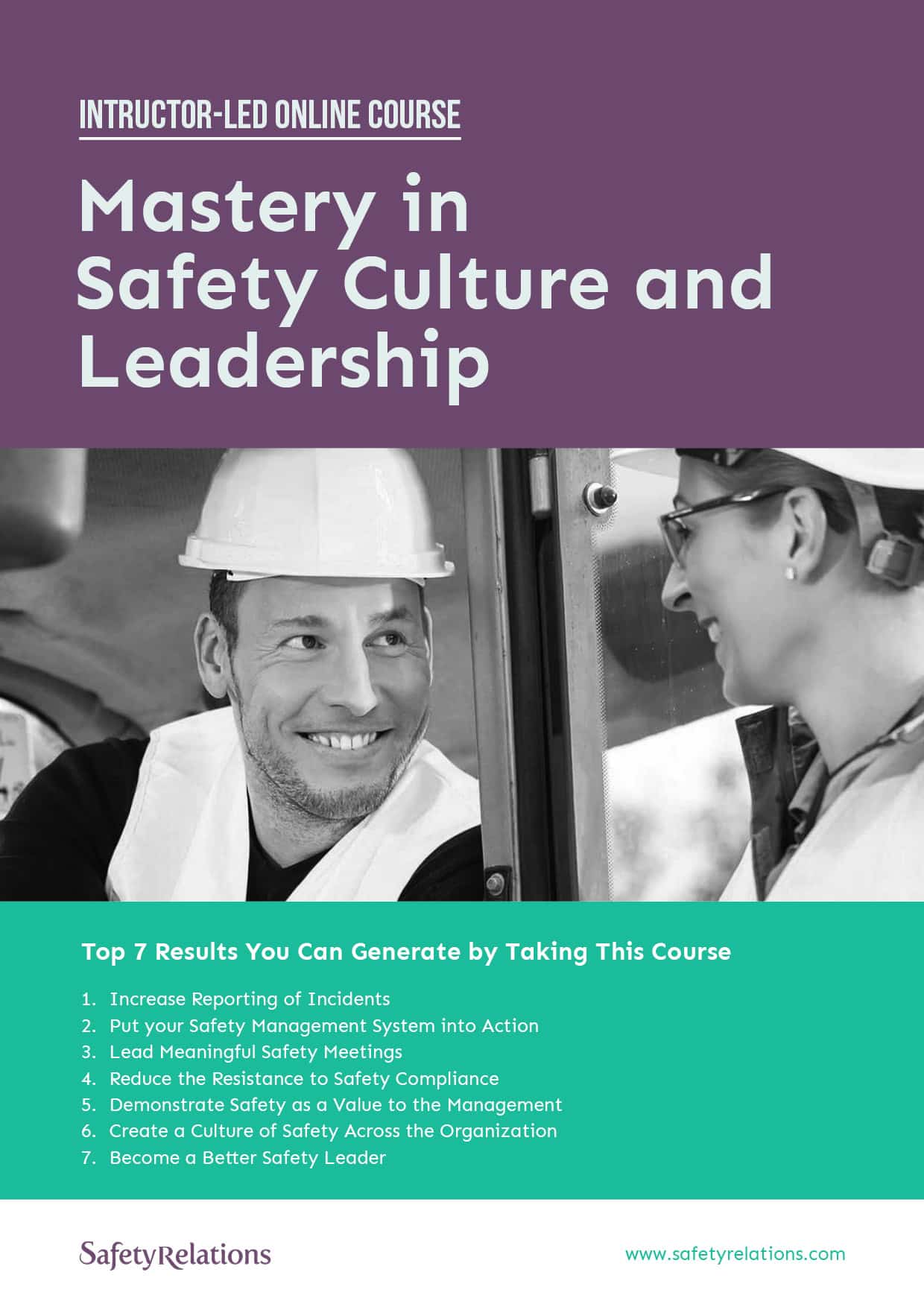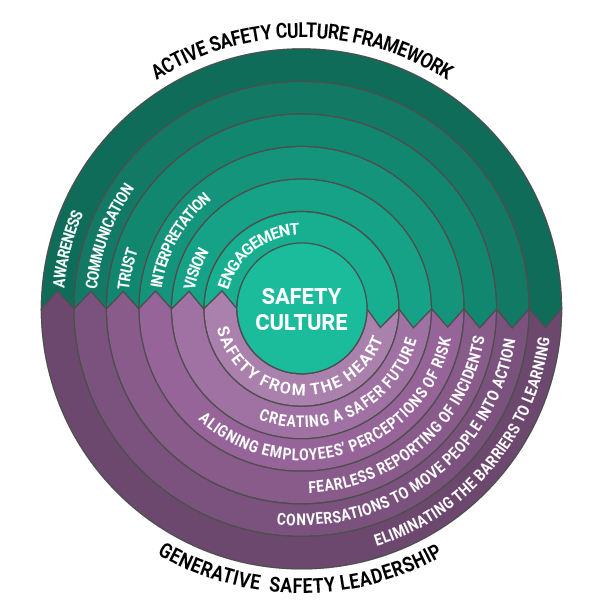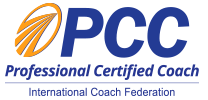Download PDF
We will send the PDF document with course details, schedule, and cost information by email. You can unsubscribe at any time.
A positive culture is critical to elevating an organization's safety performance. Improving safety culture is a key discussion topic among safety professionals. However, a safety culture will not show up automatically, or that can not be produced just by implementing robust procedures and systems. Safety culture stems from the hearts of your employees not their brains. This 6-week online course will teach you how to win their hearts and enlist their commitment to safety, not just their compliance.

Download the PDF Brochure and learn how this program could help you in your technical, supervisory, managerial, strategic, or advisory roles.


Operators' cognitive biases and enemies of learning are critical factors that lead to poor safety decisions. In other words, they should be aware of their limitations and those of others to behave safely. Most importantly, such awareness should be available in every situation. In this module, you will learn how to help people align their perceptions of risk with your organization's acceptable level.
Outcome: You will learn to observe your employees' blind spots, legitimize them, and invite them to see safety differently.
Safety coaching is essentially a conversation or a series of conversations that lead to a specific safety outcome. On the other hand, safety management systems direct people to comply with a set of rules. You will need different types of conversations to manage and coach for safety. In other words, a conversation for compliance is not the same as the one to generate commitment.
Outcome: You will learn to communicate your safety needs with clarity and precision, so there is no room for assumptions and ambiguity.
Emotions are one of the most overlooked aspects of safety because many organizations expect workers to leave their emotions at home. However, this is not possible because we all are emotional beings, and none of our decisions is purely rational. This learning module opens the possibility to acknowledge and understand the emotions underlying the operators' attitudes toward risk.
Outcome: You will learn to notice and name your team's emotions and help them shift from emotions that hinder safety performance.
Being a safety leader means making safety-critical decisions without every piece of information (an idealized situation does not exist) available. Developing comfort with decision-making when the information is ambiguous or the outcome is uncertain requires trust in your ability to make decisions and trust in your team’s ability to navigate whatever emerges because of those decisions.
Outcome: You will learn how to motivate people to listen actively and stay focused to make unbiased decisions to produce better safety.
One of the leading factors that hinder an organization's safety performance is employees not reporting incidents. You can't make improvements to safety without identifying hidden systemic problems. For that, one needs trust in management, pride in what they do, and dignity. This module will teach you how to create a Just Culture that acknowledges and rewards the reporting of incidents.
Outcome: You will learn how to develop, maintain, and repair trust through conversations that shift from a culture of fear and distrust.
One particular element that differentiates safety coaching conversations from safety advising is that it is non-judgmental. As a result, we can empathize with operators and understand the way they view risk. While the responsibility for changes that affect safety remains with the operator, we can get them to commit to specific, measurable, and time-bound goals and then follow up on them.
Outcome: You will learn how to communicate as an observer so that operators take accountability for transforming their safety behaviors.
Maxime Wauters
Pilot & Safety Manager
"I learned a lot of new things and certain things with a new interpretation, and I'm applying them every day in my work."
Mike Harris
Engineering Manager
"I'm somewhat smitten with the principles learned in this training and espouse them to others whenever I can."


Dan is a Professional Certified Coach, coach trainer and author with more than 20 years of experience in coaching and training coaches. He has more than 8500 hours of coaching experience and has trained thousands of coaches worldwide. He has trained and coached safety leaders and teams from high-reliability industries such as Aerospace and Chemical Manufacturing. Dan’s specialty is developing the human and relational skills necessary to drive world class safety performance.


Register now and avail 25% discount.